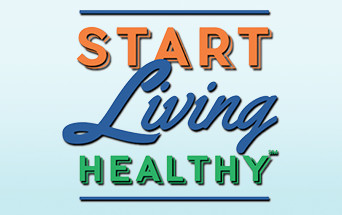Risk Factors for Cancer
Certain risk factors are known to increase the likelihood of developing cancer. The most common risk factor categories are listed here:
- Aging: The most important risk factor for cancer is aging. Most cancers occur in people over the age of 65.
- Tobacco Use: Using tobacco or exposure to secondhand smoke increases one’s risk for cancer. Smokers are at a higher risk of developing lung, larynx (voice box), mouth, esophagus, bladder, kidney, throat, stomach, pancreatic, and cervical cancers. They also are more likely to develop acute myeloid leukemia. Besides cigarettes, other smokeless tobacco products are also known to increase the risk of cancer.
- Exposure to Sunlight and other Ionizing radiation: Ultraviolet (UV) radiation from the sun, sunlamps, and tanning booths can increase one’s risk for skin cancer. Ionizing Radiation comes not only from the sun and outer space, but also from radioactive fallout, radon gas, x-rays, and other sources. People exposed to radioactive fallout may have an increased risk of cancer. People who work in mines may be exposed to radon, which is another risk factor. Finally, exposure to radiation in x-rays and radiation therapy can increase the risk of cancer, although the exposure is typically closely monitored in medical practice.
- Certain chemicals and other substances: People with certain jobs (e.g., painters, construction workers, chemical industry workers) have an increased risk of cancer. Exposure to chemicals used in these industries such as asbestos, benzene, benzidine, cadmium, nickel, or vinyl chloride are known to increase the risk of cancers.
- Some viruses and bacteria: Infections caused by certain viruses or bacteria may increase the risk of cancer. These include Human papillomaviruses (HPVs), Hepatitis B and hepatitis C viruses, Human T-cell leukemia/lymphoma virus (HTLV-1), Human immunodeficiency virus (HIV), Epstein-Barr virus (EBV), Human herpesvirus 8 (HHV8), and Helicobacter pylori.
- Certain hormones: Hormone therapy can increase the risk of breast cancer, and a number of other cardiovascular complications.
- Family history of cancer: Some genetic mutations that increase one’s risk for cancer may be inherited from one’s parents. Certain types of cancers including melanoma and cancers of the breast, ovary, prostate, and colon sometimes run in families. Most often, an inherited gene increases one’s risk of developing cancer, with environmental factors determining whether or not cancer manifests in a particular individual. Therefore, although some cancers may not be avoidable, individuals with a family history may still be able to adequately protect themselves by eliminating environmental risk factors for cancer, and receiving routine preventive care.
- Alcohol: Drinking more than two drinks per day for several years may increase the risk for cancers of the mouth, throat, esophagus, larynx, liver, and breast. The risk increases with the amount of alcohol that a person drinks.
- Poor diet, lack of physical activity, or being overweight: Consuming a poor diet, lacking in physical activity, and overweight/obesity are risk factors for cancer.
While many of these risk factors are avoidable, some are not. Reducing exposure to risk factors can be protective against cancer.
Sources:
CDC. Retrieved June 6, 2022.



